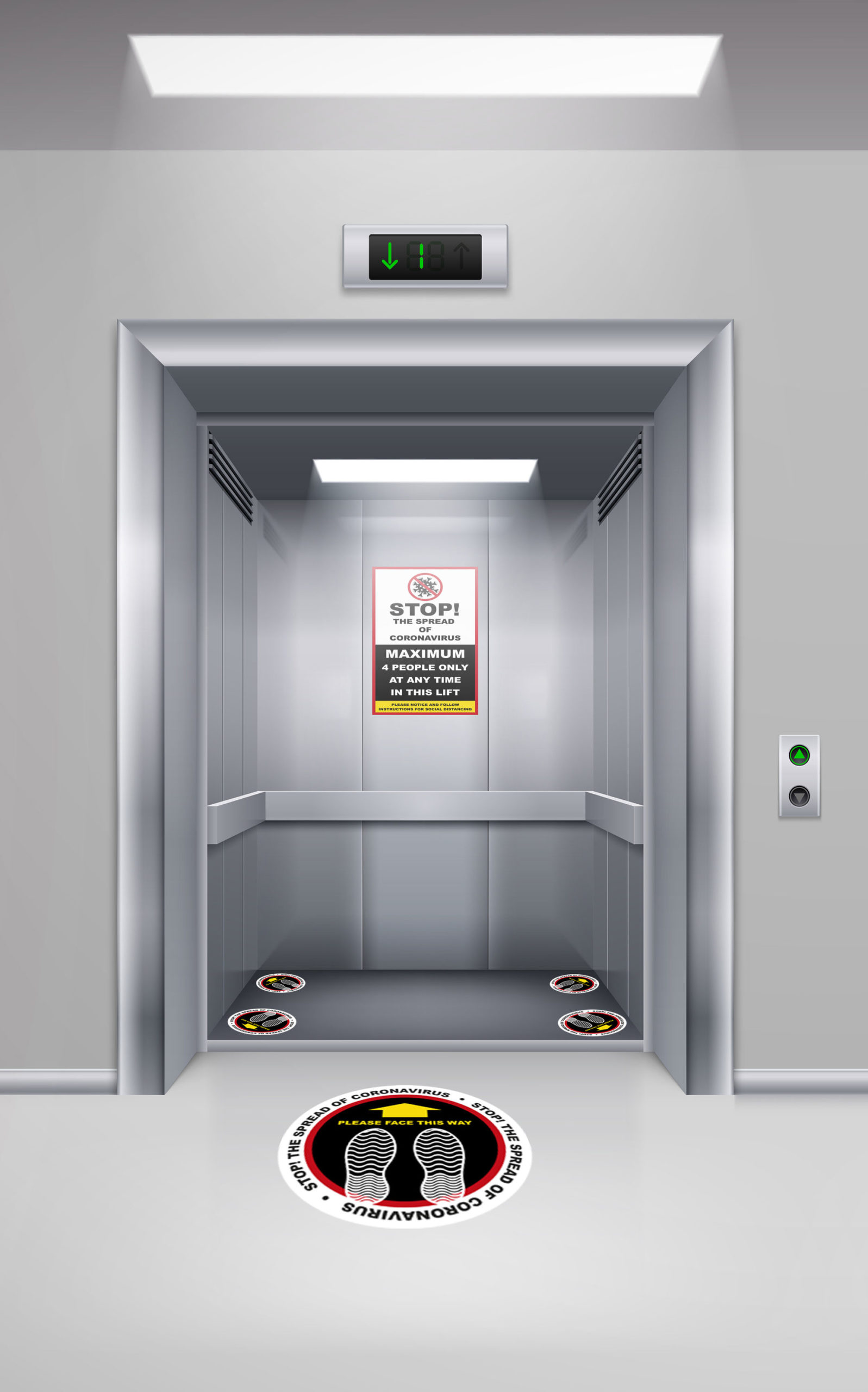We Maintain Lifts to the Greatest Specifications: Reliable Service for All Lift Types
We Maintain Lifts to the Greatest Specifications: Reliable Service for All Lift Types
Blog Article
Looking Into the Globe of Elevators: Common Issues Dealt With by Different Lift Devices
As we navigate via the vertical transport systems of modern-day buildings, lifts stand out as an important component of our everyday lives. From hydraulic lifts to grip systems and machine-room-less styles, each lift kind comes with its collection of common problems.
Hydraulic Lifts
Hydraulic lifts, typically liked for low-rise structures, utilize fluid pressure to control the motion of the lift auto (lift repair companies). This mechanism involves a hydraulic pump pushing oil right into a cyndrical tube, creating the lift to relocate the desired direction. While hydraulic elevators are understood for their smooth and silent operation, they do come with their very own collection of usual problems
One widespread problem with hydraulic elevators is oil leak. Furthermore, issues with the control system, such as faulty valves or a malfunctioning pump, can create disturbances in the elevator's movement.
Regular upkeep and punctual fixings are important to make certain the smooth performance of hydraulic elevators. By attending to these common issues proactively, structure proprietors can reduce downtime and guarantee the safety and efficiency of their vertical transportation system.
Traction Elevators
When taking into consideration upright transportation systems in buildings, an additional usual type in addition to hydraulic lifts is the grip lift. Grip lifts operate using a system of ropes and weights that relocate the lift automobile by gripping onto the hoist ropes. This device permits smoother and faster vertical transport contrasted to hydraulic systems.
One of the common concerns encountered by grip elevators is rope wear. The continuous movement of the ropes within the grip system can result in damage over time, possibly creating the lift to malfunction or end up being risky for use. Routine evaluations and upkeep of the ropes are important to ensure the lift's proper performance and safety.
One more concern that traction lifts might run into is associated with the control system. Troubles with the control system can bring about issues such as irregular movement, hold-ups in feedback times, and even complete closures. Regular testing and upkeep of the control system are crucial to protect against such problems and make certain the elevator's dependability.
Machine-Room-Less (MRL) Lifts

One of the key parts of MRL elevators is the compact gearless grip maker that is installed within the hoistway. This equipment successfully drives the elevator cars site link and truck without the requirement for large equipment located in typical grip elevators. Furthermore, MRL elevators generally use a counterweight system to stabilize the automobile, further boosting their power effectiveness.
Regardless of their advantages, MRL lifts may deal with challenges connected to repair and maintenance because of the constrained room for equipment installment. Availability for servicing components within the shaft can be limited, needing specialized training for professionals. Proper maintenance schedules and routine assessments are crucial to guarantee the ongoing smooth procedure of MRL lifts.
Overloading and Weight Restriction Issues
Are lifts equipped to deal with excess weight tons successfully and safely? Overloading and weight limitation concerns are critical problems in lift procedures. Elevator producers design lifts with particular weight abilities to guarantee passenger safety and equipment longevity. Exceeding these weight limits can lead to various you could check here problems, consisting of mechanical failings, hold-ups, and security dangers.
When elevators are overloaded, it puts excessive strain on the motor, cables, and other components, potentially causing breakdowns or breakdowns. Safety and security systems such as sensors and overload sensing units remain in place to stop elevators from relocating if they detect excess weight. Furthermore, exceeding weight restrictions can result in increased power usage and wear and tear on the lift system.
To reduce overloading concerns, developing supervisors ought to plainly show weight limits in lifts and educate owners on the importance of sticking to these restrictions - lift repair companies. Routine maintenance checks by qualified technicians can likewise help make certain that elevators are running within secure weight specifications. By dealing with overloading and weight restriction issues proactively, structure proprietors can improve lift safety and effectiveness
Electrical System Failings
Going beyond weight limits in lifts can not just lead to mechanical problems yet also potentially add to electric system failures within the lift facilities. Electrical system failings are a vital issue in lift procedure, as they can create unexpected shutdowns, malfunctions, and even safety and security threats. One common electrical problem is the overheating of components due to too much present circulation brought on by overwhelming the lift beyond its ability. This can result in damage to the electric motor, control, or electrical wiring systems, leading to expensive repair services and downtime.
Routine upkeep and assessments are essential address to recognize and attend to potential electric issues without delay, guaranteeing the safe and reliable procedure of elevator systems. By sticking to weight limits and carrying out regular electrical system checks, structure proprietors can alleviate the risk of electrical failings in elevators.
Verdict

Hydraulic elevators, usually liked for low-rise buildings, use fluid pressure to manage the movement of the lift automobile.When considering upright transport systems in structures, another usual type apart from hydraulic lifts is the traction lift. Traction elevators run utilizing a system of ropes and weights that move the elevator vehicle by clutching onto the hoist ropes. Unlike conventional lifts that require a different equipment space to house the tools, MRL elevators integrate many of the components within the shaft, getting rid of the demand for a devoted maker area.In conclusion, lifts encounter common problems such as hydraulic breakdowns, traction system failures, and electric system troubles.
Report this page